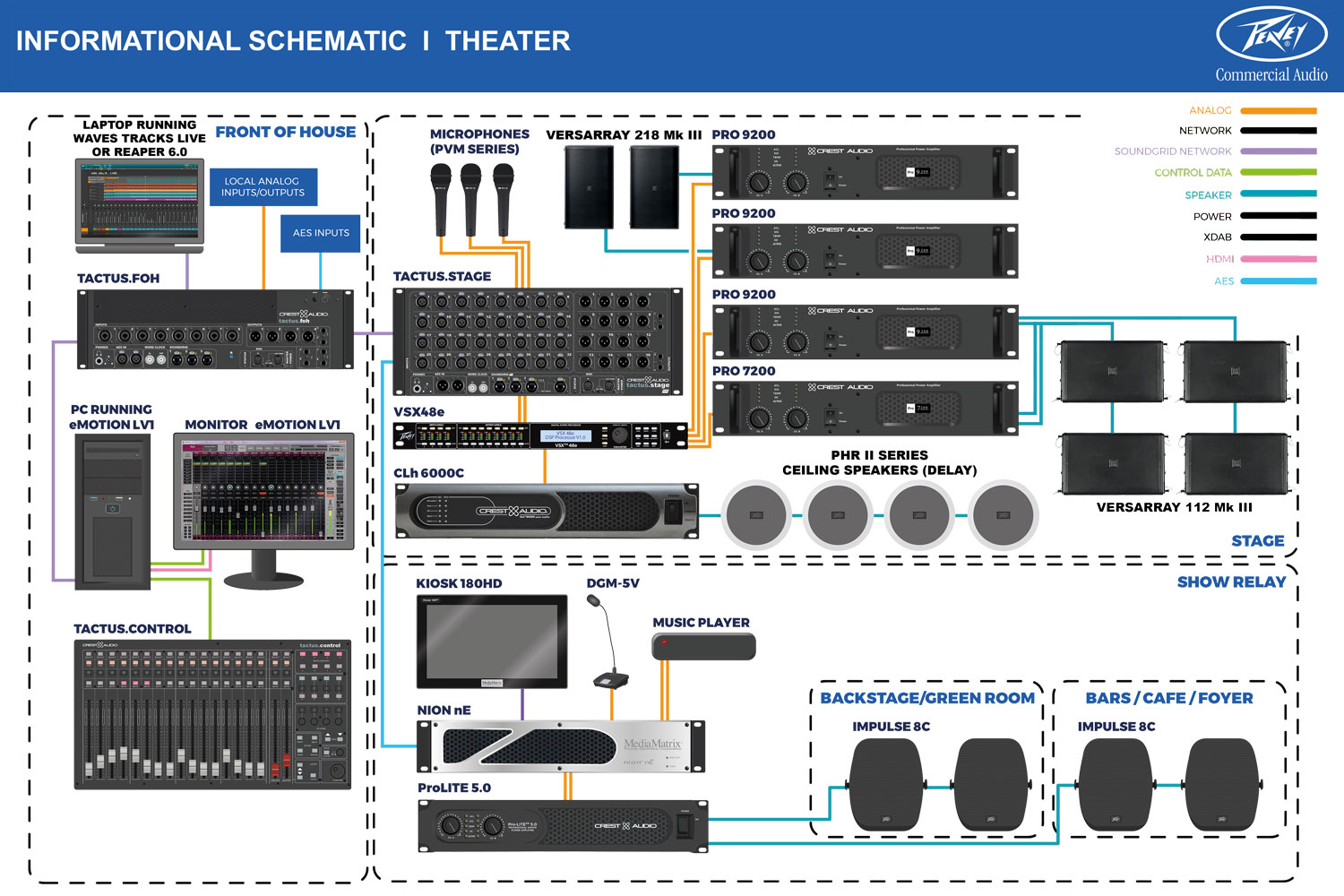This realm of media is undergoing a major shift thanks to cutting-edge sound over IP (AoIP) solutions. Such developments are revolutionizing how audio programming is produced, distributed, and received. Audio over IP refers to the method of sending audio signals over a digital network, using Internet Protocol (IP) rather than conventional analog techniques. This transition not only enhances the standard of audio transmission but also offers broadcasters with greater freedom and control over their content.
One key advantage of audio over IP systems is its ability to connect various devices and technologies seamlessly. Classic broadcasting often depended on intricate cabling and tangible connections, which could be burdensome and limited. With AoIP, broadcasters can readily connect mics, mixers, and other devices through a common infrastructure. This integration allows for off-site broadcasting and live streaming from virtually any location, making it simpler to reach listeners across the globe. As a consequence, broadcasters can react quickly to current issues and audience requests, leading to more dynamic and engaging programs.
Moreover, AoIP systems supports high-quality audio formats that enhance the listening encounter. Unlike traditional broadcasting methods, which may diminish sound standards, audio over IP can preserve the purity of the audio stream during the transmission process. This means that listeners can enjoy clearer and more detailed sound, whether they are tuning in via radio, broadcasting over the internet, or employing portable devices. The capability to provide premium audio is particularly crucial for musical and talk shows, where every click this link now detail matters to the listeners.
Additionally, the implementation of audio over IP technologies can lead to cost savings for broadcasters. By using existing network infrastructure, organizations can eliminate the need for expensive hardware and extensive cabling. This not only lowers initial costs but also decreases operational costs over time. Media firms can distribute resources more efficiently, investing in content creation and talent development. As a consequence, the entire media industry can gain from enhanced creativity and creativity, as funds are redirected toward improving programming and interacting with listeners.
In summary, the shift towards audio over IP systems is changing the media landscape. By allowing smooth connections, enhancing audio standards, and lowering costs, AoIP is clearing the path to a better integrated future in broadcasting. As media organizations continue to adjust to these changes, they will be more prepared to satisfy the demands of their audiences, create compelling content, and stay competitive in an constantly changing industry. The future of broadcasting is bright, and audio over IP will play a key role in defining the manner in which we interact with audio programming in the future to follow.

Comments on “Revolutionizing Broadcasting through Innovative Sound via Internet Protocol Technologies toward a Connected Tomorrow”